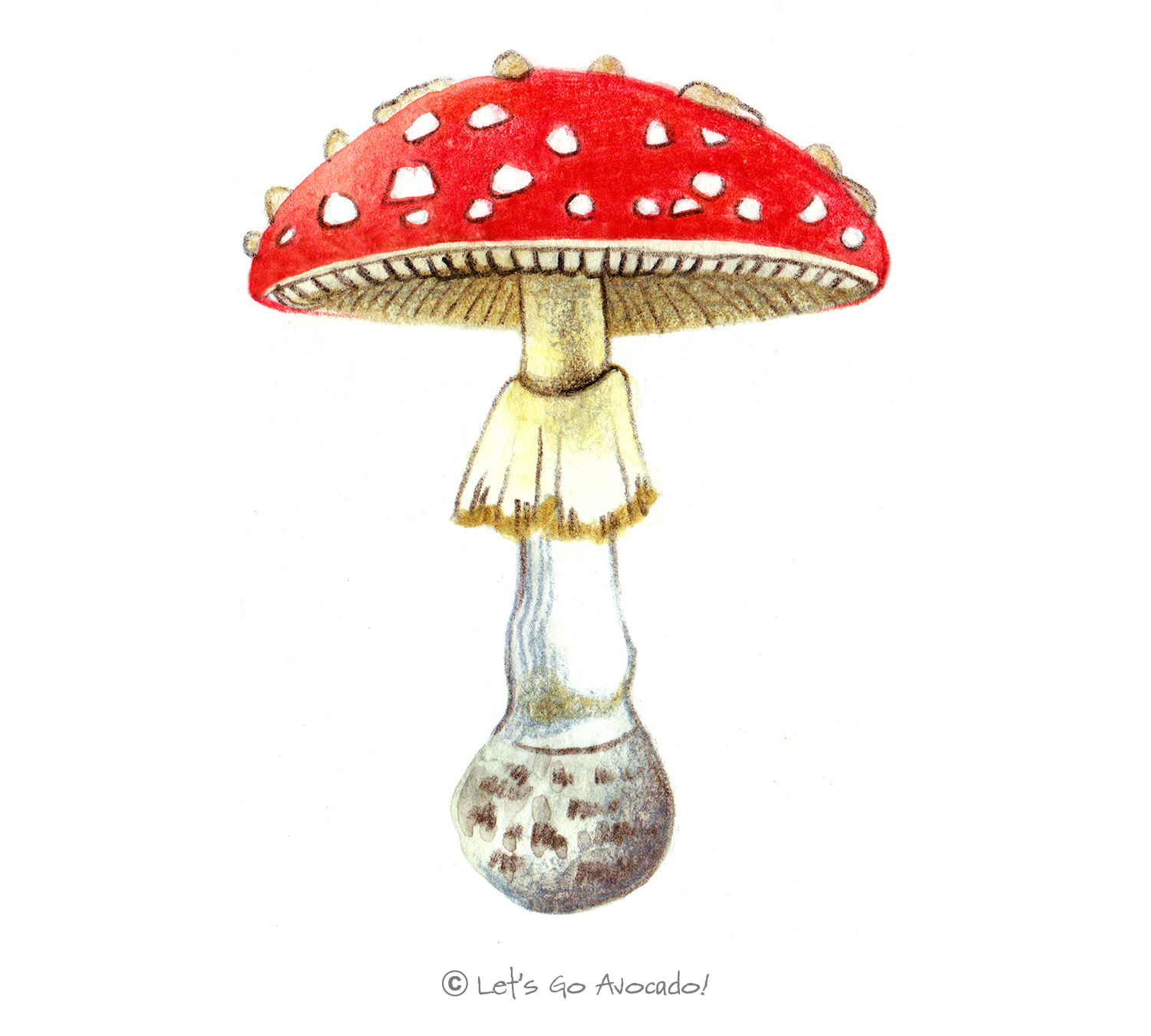

Fly Agaric
Fly Amanita, Amanita Muscaria
Amanita muscaria
This page may contain affiliate links.
Read our disclosure and privacy policy here.
The fly agaric is a distinctive and iconic mushroom known for its bright red cap with white spots. While often associated with fairy tales and storybook illustrations, it is a toxic fungus and has been used in various cultures for its hallucinogenic properties.
Fly Agaric
Common Name
Fly Agaric
Other Names
Fly Amanita, Amanita Muscaria
Latin Name
Amanita muscaria
Distribution
Native to temperateTemperate refers to a climate that’s not too hot and not too cold, with moderate rainfall and distinct seasons like spring, summer, fall, and winter. You’ll find temperate areas in parts of North America, Europe, and Asia. It’s the kind of climate where you can see a wide variety of plants and animals, including deciduous trees that lose their leaves in the fall. regions of the Northern Hemisphere, the fly agaric can be found across Europe, Asia, and North America.
Appearance
The most notable features of the fly agaric are its bright red or orange cap adorned with white warts. It also has a white stem, gills, and a skirt-like ring.
Size
The cap can range from 8 to 20 cm in diameter, and the stem can be between 8 to 25 cm tall.
Habitat
These mushrooms prefer birch, pine, and spruce forests but can also be found in grassy areas near these trees.
Diet
Fly agaric is mycorrhizal, forming symbiotic relationships with trees by exchanging nutrients.
Lifecycle
Like other fungi, they begin as spores that grow into myceliumMycelium is like the ‘root’ or the ‘body’ of a fungus. Just as plants have roots, fungi have mycelium. It is made up of tiny thread-like structures called hyphae that spread out in the soil or other materials where the fungus grows. Learn More, an underground network. When conditions are right, the mycelium produces the fruiting bodies (mushrooms) above ground, which will eventually release spores and start the cycle again.
Defense Mechanisms
The fly agaric contains psychoactive compounds, including muscimol, which can cause hallucinations, confusion, and other symptoms if ingested. This serves as a natural defense mechanism against consumption. The name “fly agaric” comes from its traditional use in some places as a fly killer, where pieces of the mushroom are placed in milk to attract and kill flies.
Ecological Importance
Beyond their role in nutrient cycling within the ecosystemsAn ecosystem is a community of living organisms, like insects and birds, and non-living components, like water and rocks, that interact with each other in a specific area. Learn More they inhabit, fly agarics also form important mycorrhizal partnerships with certain trees, helping them absorb nutrients.
ConservationThe act of protecting and preserving natural resources and the environment. Conservation efforts are important to protect beavers and their habitats. Status
They are common and not considered threatened.

There’s a lot to explore right where we are, in our own neighborhoods and backyards! Join us while we get off the couch and explore the everyday wonders of nature, science, space, engineering, art, and anything else we stumble upon during on our adventures.







